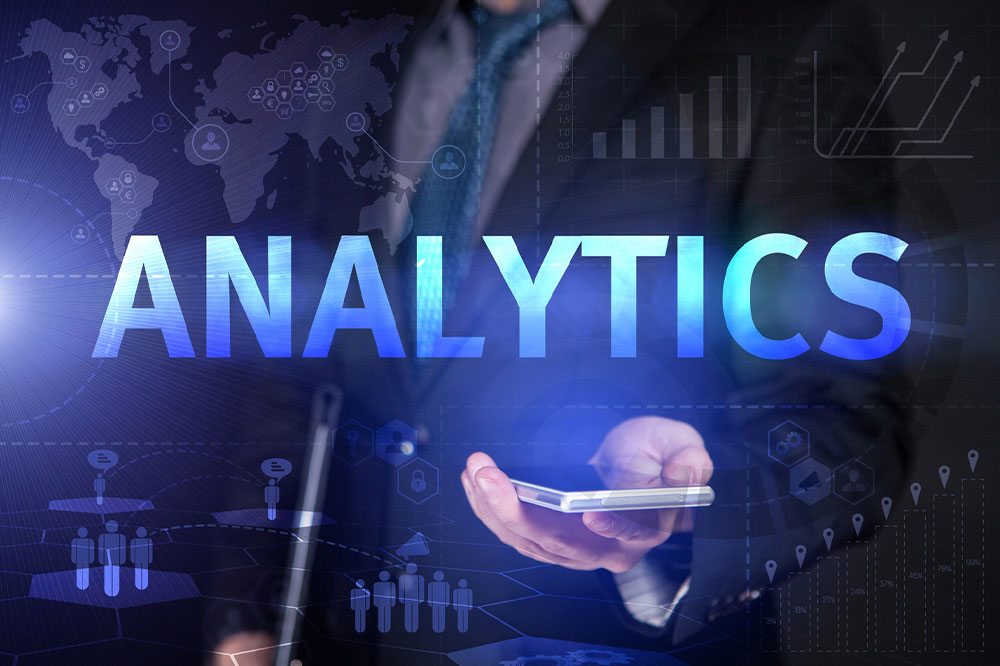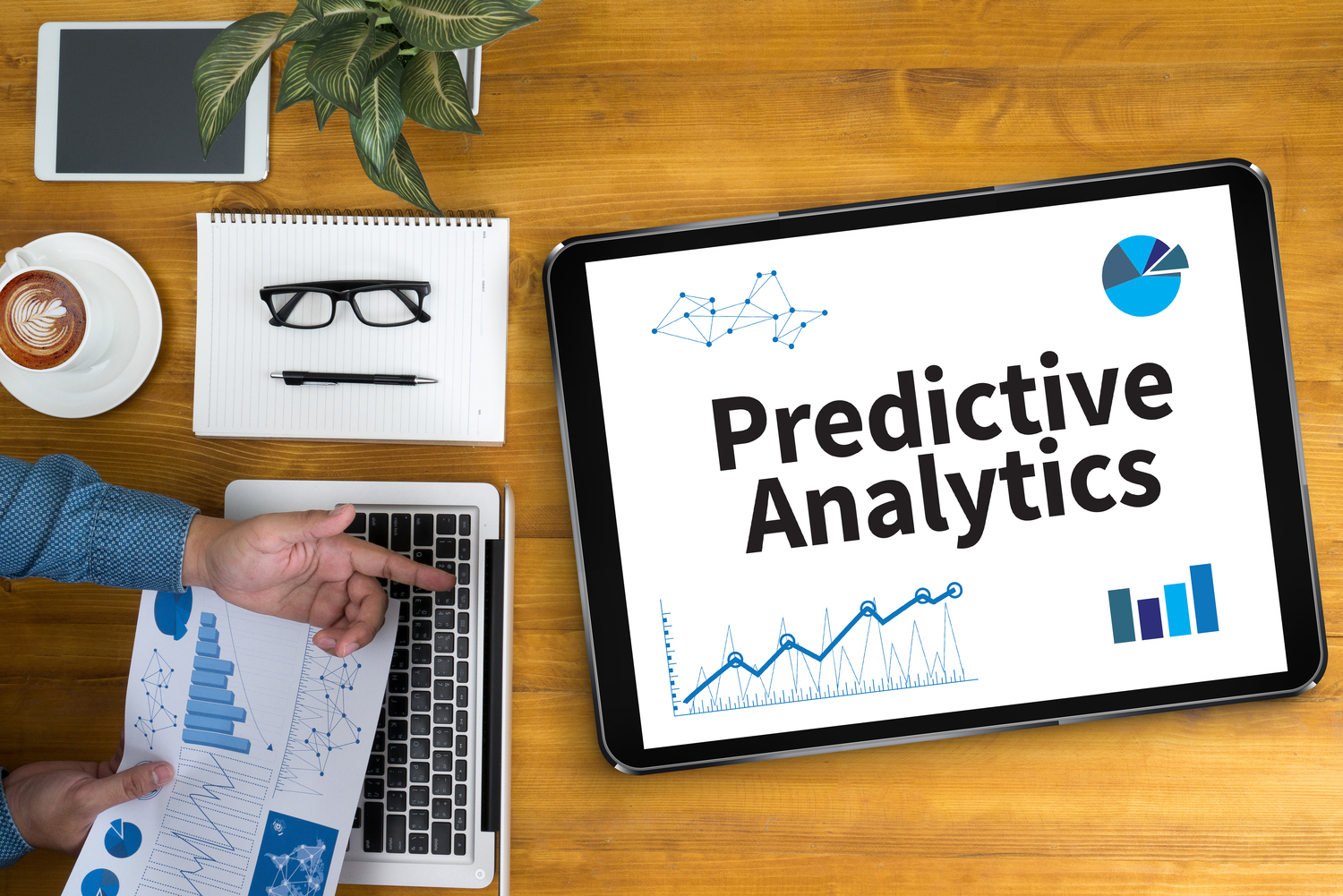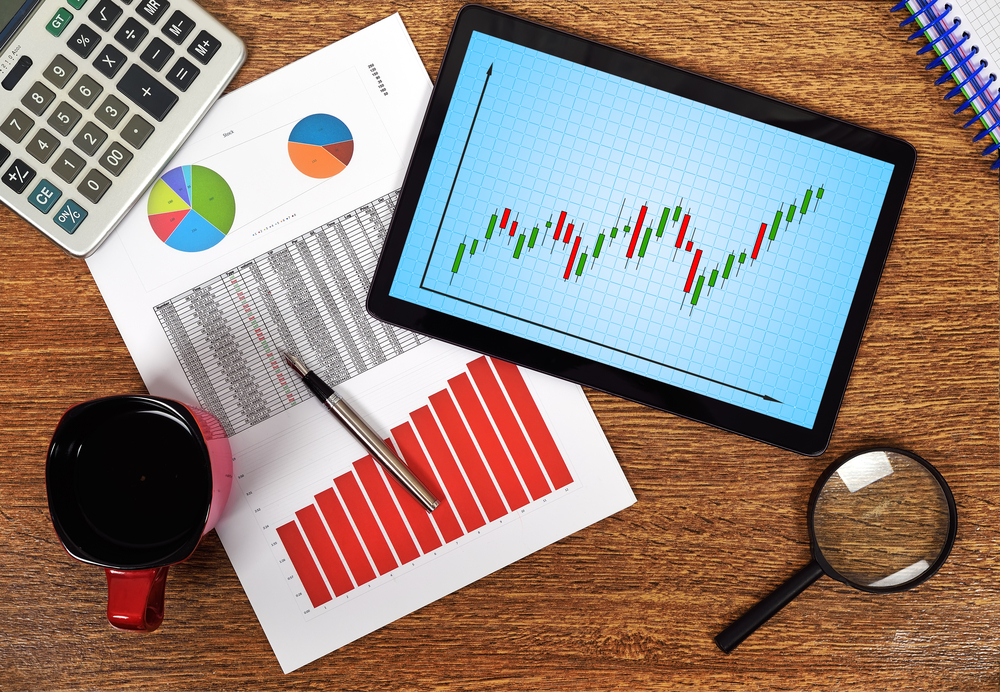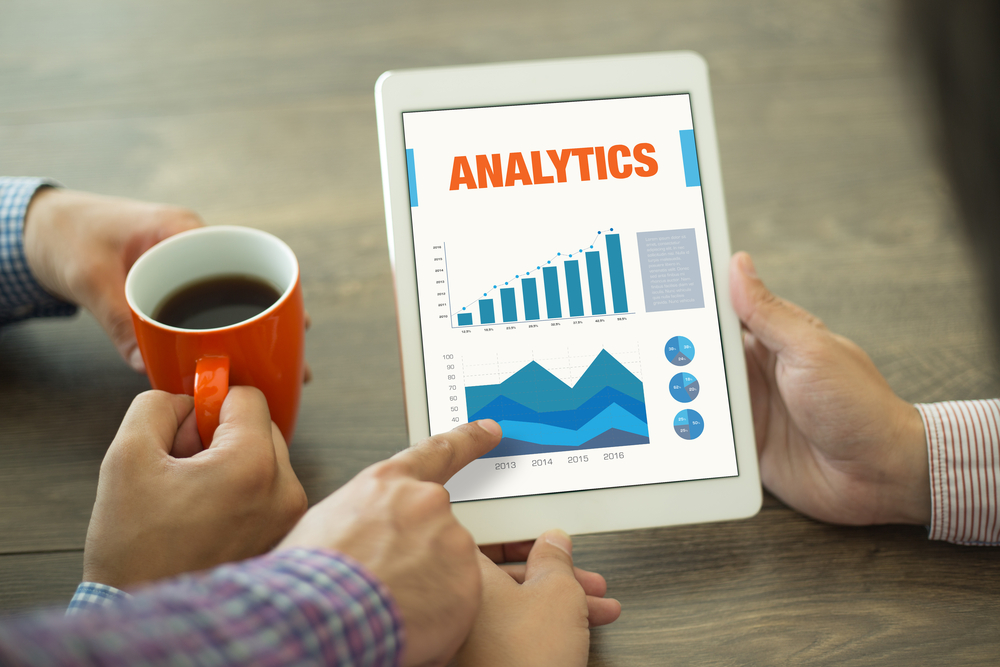Harnessing the Power of Predictive Analytics to Drive Business Success
Discover how predictive analytics is transforming industries by providing advanced insights into future trends. From retail to healthcare, learn how data-driven decisions are shaping smarter strategies, reducing risks, and enhancing efficiency. This comprehensive guide explains the types of predictive models, their applications, and the key providers enabling this powerful technology, demonstrating its vital role in modern business success.

Harnessing the Power of Predictive Analytics to Drive Business Success
Predictive analytics has become an indispensable tool for modern businesses seeking a competitive edge in today's data-driven world. By analyzing vast amounts of historical and real-time data, organizations can uncover hidden patterns and trends that inform strategic decisions. While it does not promise absolute certainty, predictive analytics provides highly reliable insights into potential outcomes, helping companies mitigate risks and capitalize on emerging opportunities. This powerful analytical approach enables businesses across various industries to anticipate future events, optimize operations, and improve customer satisfaction.
Utilizing advanced statistical techniques, machine learning algorithms, and data modeling, predictive analytics transforms raw data into actionable intelligence. Its versatility allows it to be integrated into numerous functions such as marketing, financial planning, supply chain management, healthcare, and manufacturing, making it a cornerstone of innovation and operational efficiency.
For example, in the retail industry, analyzing customer purchase behaviors enables businesses to tailor marketing campaigns, optimize inventory levels, and offer targeted discounts, ultimately boosting sales and customer loyalty. In finance, predictive models evaluate credit histories and market trends to forecast repayment probabilities and guide investment strategies. These insights lead to smarter credit scoring, fraud prevention, and portfolio management. Similarly, healthcare organizations leverage predictive analytics to anticipate patient outcomes, streamline resource allocation, and improve clinical decision-making, which enhances patient care quality.
The core of predictive analytics lies in identifying relationships between historical data and future events. This process involves collecting data from various sources, cleaning and preprocessing it to ensure accuracy, and then building models that can predict specific outcomes. These models are continuously refined through validation and monitoring to maintain their predictive performance and adapt to changing data patterns.
Leading technology providers such as SAS, IBM Watson, Microsoft Azure, and Google Cloud offer comprehensive software solutions that support predictive analytics deployment. These platforms facilitate the creation of sophisticated models using statistical tools, machine learning algorithms, and cloud computing resources, making advanced analytics accessible for organizations of all sizes.
The typical workflow starts with defining project objectives and identifying relevant data sources. Data is then preprocessed—cleaned, segmented, and transformed—before model development. The resulting predictive models are integrated into decision-making processes to inform strategic planning, operational improvements, and proactive risk management.
Types of Predictive Models and Their Applications
Understanding the different types of predictive models is crucial for leveraging their full potential. These models are iteratively monitored and updated to ensure ongoing accuracy and reliability.
Predictive Models
Predictive models establish relationships between variables based on historical data, enabling the prediction of future performance or events of similar units or entities. These models are trained on datasets where outcomes are known, and their accuracy is validated using new, unseen data. Typical applications include sales forecasting, customer churn prediction, and risk assessment.
Descriptive Models
Descriptive analytics focuses on understanding data distributions, patterns, and relationships through clustering and categorization. These models help segment customers, identify market trends, and generate insights that support strategic marketing and operational planning.
Decision Models
Decision models analyze various decision variables and potential outcomes to recommend optimal courses of action. They facilitate scenario analysis, risk management, and resource allocation, making them indispensable for complex decision-making environments such as financial portfolio management and supply chain logistics.
Industries Leveraging Predictive Analytics
Predictive analytics has been widely adopted across multiple sectors, transforming traditional practices into innovative, data-driven strategies. Industries such as marketing, banking, insurance, healthcare, retail, and manufacturing actively utilize this technology to enhance efficiency, reduce costs, and improve customer experiences.
In marketing, predictive models help personalize customer interactions, optimizing marketing spend and increasing conversion rates. Financial institutions use predictive analytics for credit scoring, fraud detection, and investment forecasting. Healthcare providers benefit from early diagnosis models, patient outcome predictions, and operational efficiency improvements. Retail businesses analyze purchasing patterns for inventory management, targeted advertising, and customer retention strategies, leading to higher sales and brand loyalty. Manufacturing industries implement predictive maintenance models to anticipate equipment failures, minimizing downtime and maintenance costs.
The proliferation of big data and advancements in machine learning have expanded the scope and sophistication of predictive analytics. As a result, organizations are achieving closer to zero failure rates in critical processes, making faster, smarter decisions essential for maintaining competitiveness and innovating continuously.
Ultimately, predictive analytics is poised to become an even more vital component of business intelligence. Its ability to anticipate future trends and behaviors allows organizations to stay ahead of the curve, adapt swiftly to market changes, and create a sustainable competitive advantage in an increasingly complex environment.





